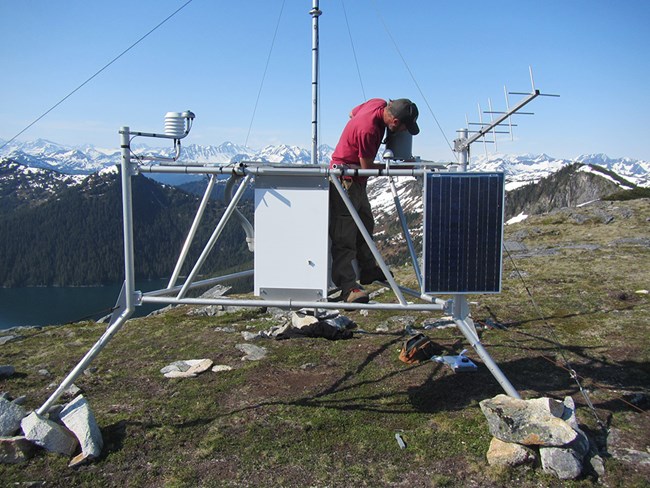
Across the National Park System, hundreds of climate stations in remote and frontcountry locations collect information in all kinds of terrain and diverse elevations. Used together with climate models, tools, and expertise, this information can help park managers to better understand the changes impacting park resources.
Scientists who study Earth's climate are looking at more than just weather statistics over time. Rather, climate science is a complex field spanning multiple disciplines like atmospheric science, physical geography, oceanography, and biogeochemistry. Climate scientists look at the sum of evidence across Earth to explain how and why the climate is changing and what broad-scale impacts are occurring. Often, this information is then modeled to inform projections for the future. Still have questions? See more explanation about climate science and understanding climate change.
Because many national parks are located in the arid western U.S., climate change-related drought is a concern. The concept of water balance is a very helpful way to understand the potential future climate and the likely responses by species and ecosystems. Check out more tools to understand climate data.
Climate Trends Examples
-
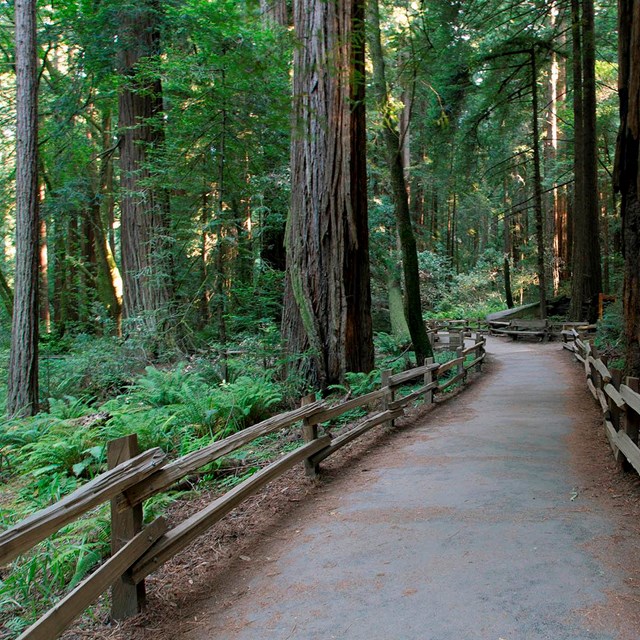 How Climate Change Impacts Muir Woods
How Climate Change Impacts Muir WoodsThe impacts related to climate change are evident throughout the redwood forests of California. Learn more about the impacts in Muir Woods.
-
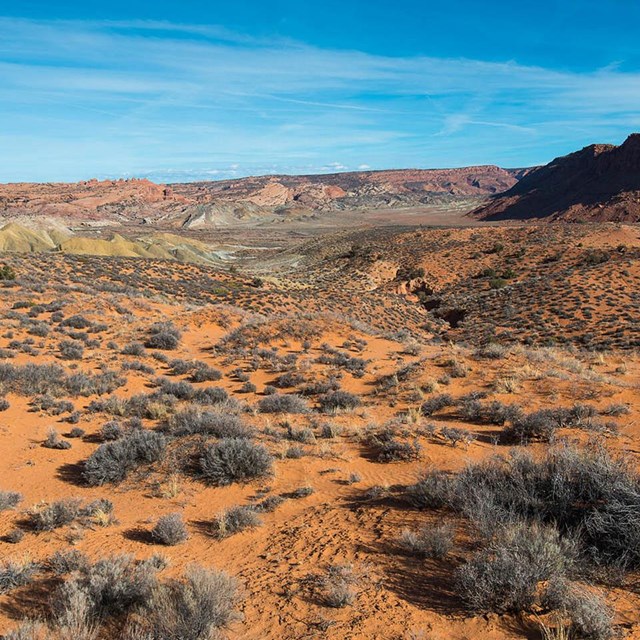 Climate Trends on the Colorado Plateau
Climate Trends on the Colorado PlateauAs the northern Colorado Plateau heads into a hotter, drier future, there will be ecological winners and losers.
-
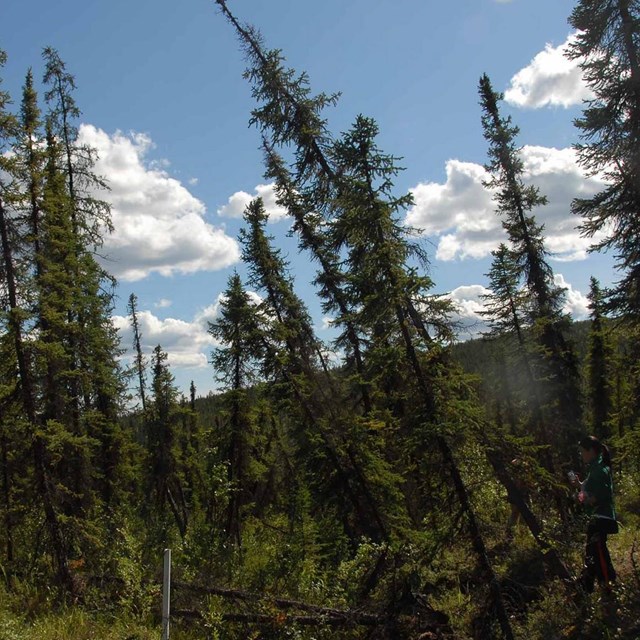 Alaska's Warming Climate
Alaska's Warming ClimateTemperatures in high-latitude regions of the world are rising faster than the global average. This rapid rise is impacting parks.
-
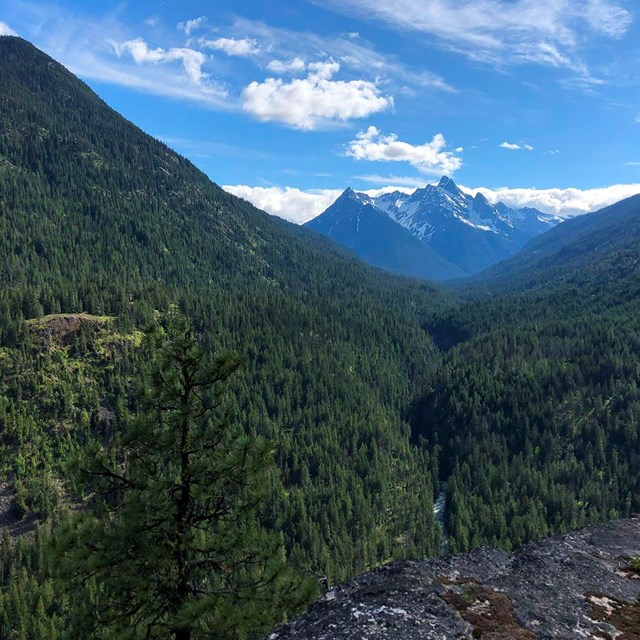 Climate Resilience in Northwest Forests
Climate Resilience in Northwest ForestsPacific Northwest forests are vital as climate refugia; see how they are handling the stress of climate change.
-
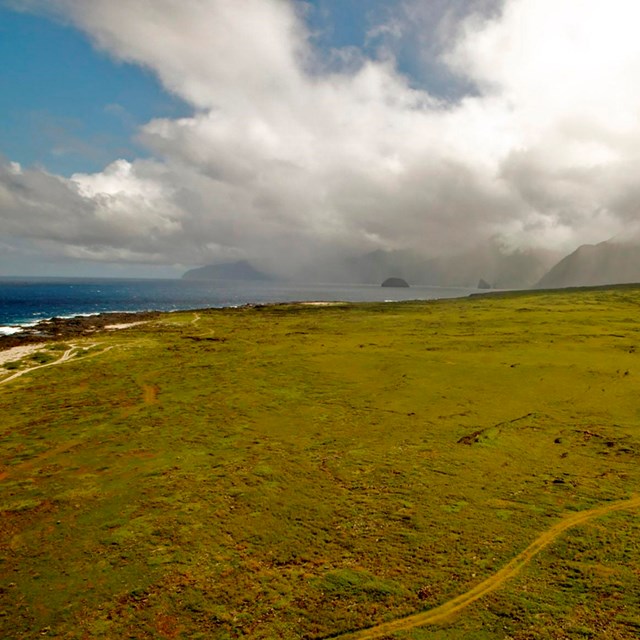 Climate Change Clues from Monitoring
Climate Change Clues from MonitoringIn the Pacific islands, warming climate increases the frequency and intensity of tropical storms and droughts.
-
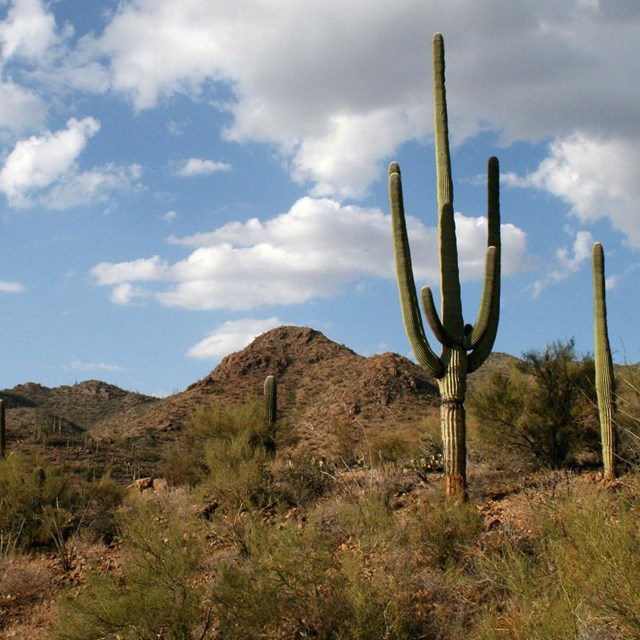 Climate Change in the Sonoran Desert
Climate Change in the Sonoran DesertThe Sonoran Desert is home to a unique assemblage of flora and fauna that has responded to previous climatic changes.
-
Climate Change and High Elevation Parks
Learn how scientists are studying the effects of climate change on national parks and what some parks are doing to lower their carbon footprint.
- Duration:
- 8 minutes, 58 seconds
-
Monitoring Climate Change in the Smokies
The Smokies are known for their amazing biodiversity, lush forests and unique high elevation ecosystem. Watch this video to find out how a changing climate may impact the resources that make the Smokies so special.
- Duration:
- 5 minutes, 20 seconds
-
A Changing Landscape: Glacier's Warming Climate
Climate change is changing landscapes and creating impacts throughout the world. Glacier National Park is no exception. Around 1850, an estimated 80 glaciers existed within the present boundaries of the park. Based on aerial imagery from 2015 there are about 26 named glaciers remaining. This film explores current research on the park's melting glaciers and how the park's ecosystem is responding to climate change.
- Duration:
- 5 minutes, 25 seconds
-
Seasonal Changes in Alaska's National Parks
National Park Service ecologist David Swanson explains the Arctic Network Inventory & Monitoring team's use of remote cameras to study seasonal changes across Alaska's northernmost national parks. Each camera is part of climate monitoring station that records weather conditions at locations across Bering Land Bridge National Preserve, Cape Krusenstern National Monument, Gates of the Arctic National Park and Preserve, Kobuk Valley National Park, and Noatak National Preserve. In doing so, we can identify long and short-term trends, provide reliable climate data to other researchers, and participate in larger scale climate monitoring and modeling efforts beyond park boundaries.
- Duration:
- 4 minutes, 17 seconds
Climate Model Examples
-
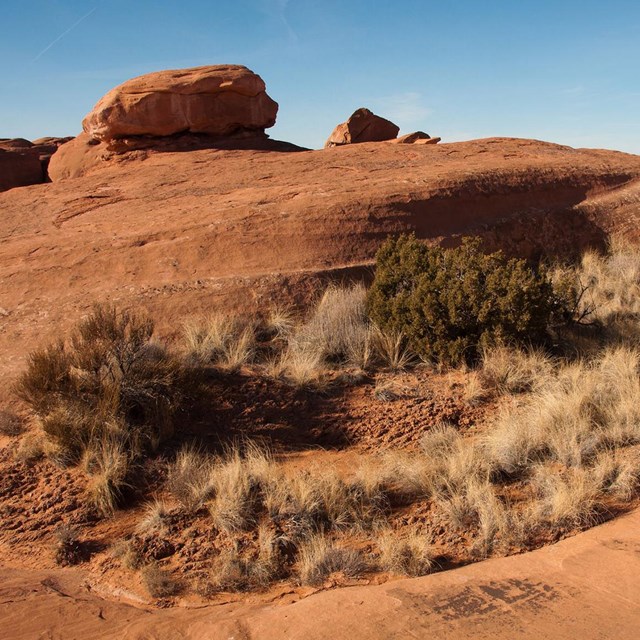 How Dry will Parks Get?
How Dry will Parks Get?In our research on water abundance, movement, and shortfalls in national parks, we found that drought stress has acute effects on resources.
-
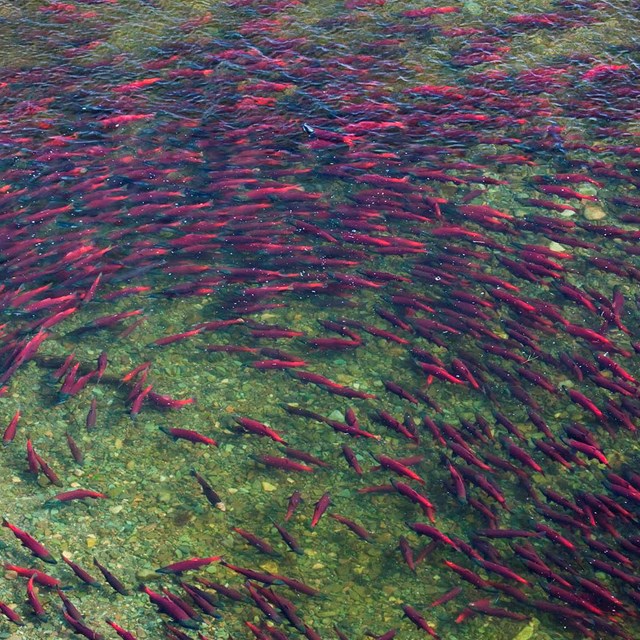 Snowpack Changes Impact Salmon
Snowpack Changes Impact SalmonClimate change is altering the nature and role of the snowpack, which will impact hydrological and ecological systems, including salmon.
-
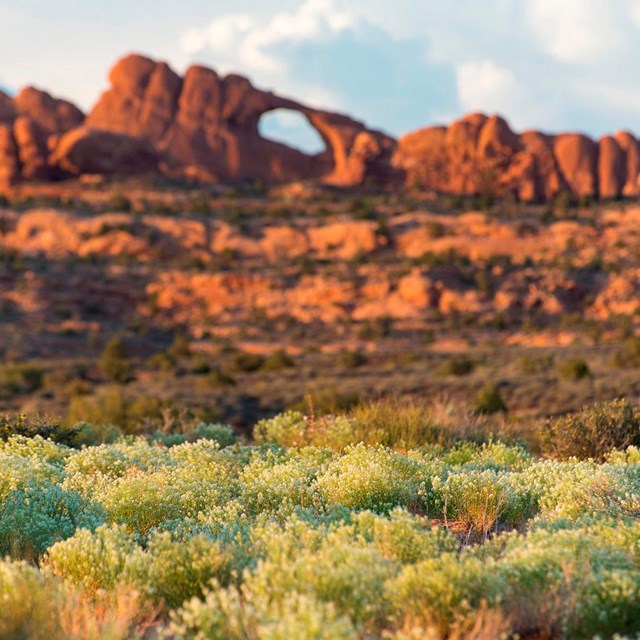 Forecasting Vegetation Condition
Forecasting Vegetation ConditionIdentifying different climate and water balance windows to explain vegetation greenness provides park managers with useful predictions.
See more examples
Last updated: February 29, 2024

